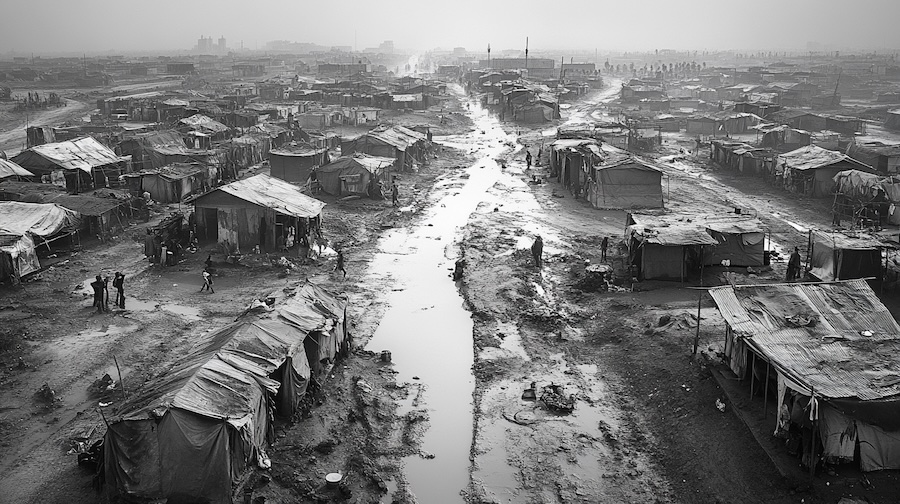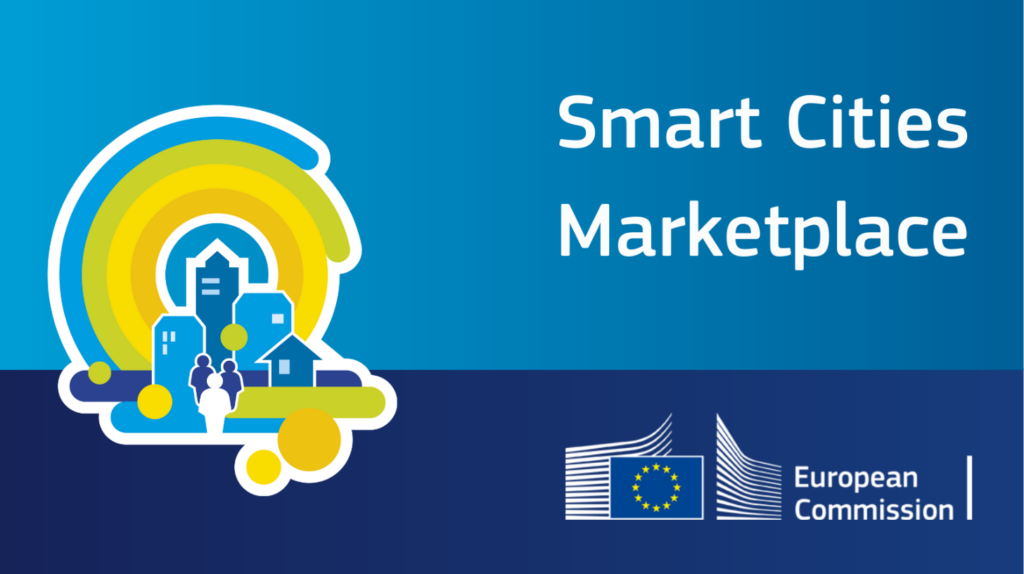The Green Cities consortium developed the blog post “Smart City Concepts: The Future of Urban Development” under the EU-Funded Project Youth Participation for Developing Sustainable Green Cities (reference number: 2022-1-DE04-KA220-YOU-000085135). L4Y Learning for Youth GmbH is leading the project alongside partners Citizens in Power, Toplum Gönüllüleri Vakfı, Kean, Walktogether, and Kaán Károly Környezetvédelmi Egyesület.
This blogpost is based on the training content developed for the Green Cities project. For more content like this, click here. If you would like learn more about the topic, we suggest enrolling in our free online training course. In the platform, you will also find the full list of references and extra suggested reading material.
To keep up to date with the project news, follow our YouTube Channel, as well as the project’s social media pages X and Instagram. Additonally, you can also join our Discord community.
Introduction
Urbanisation has been on the rise over the last century, and the world has had to adapt. Leaders have been challenged by this. The industrial revolution has led to urbanisation and the continuous development of urban infrastructure. Today, a large part of the population lives in cities, but it has been recognised that the current situation is not sustainable in the long term. Society also needs to adapt to change, and change and innovation are needed
It is no coincidence that urban development is one of the most challenging areas. Cities are constantly changing, technology is changing, the environment is changing, we have to adapt to climate change and to the accelerating demands of society.
The aim is always to create and maintain a liveable, sustainable environment. The key to successful urban development lies in innovative solutions that generate economic growth and improve the quality of community life.
What does a well-designed city look like?
Aesthetic and well-functioning. Efficient transport systems, green spaces and public spaces contribute to a better life for citizens. In the 21st century, the integration of digitalisation is a must. A rapidly changing world demands faster and more efficient processes to improve the living conditions of residents.
What does the integration of digitalisation mean in daily life?
- developing smart transport systems – e.g. traffic optimisation
- digitalisation of services – e.g. to facilitate administration
- digital tools in education
- sustainability – sustainable water management, sustainable mobility,
Involving the public in decision-making is an essential part of sustainable urban development, as the most important thing is to adapt to their needs. It is also important to ensure equality between social groups and to promote cultural diversity.













